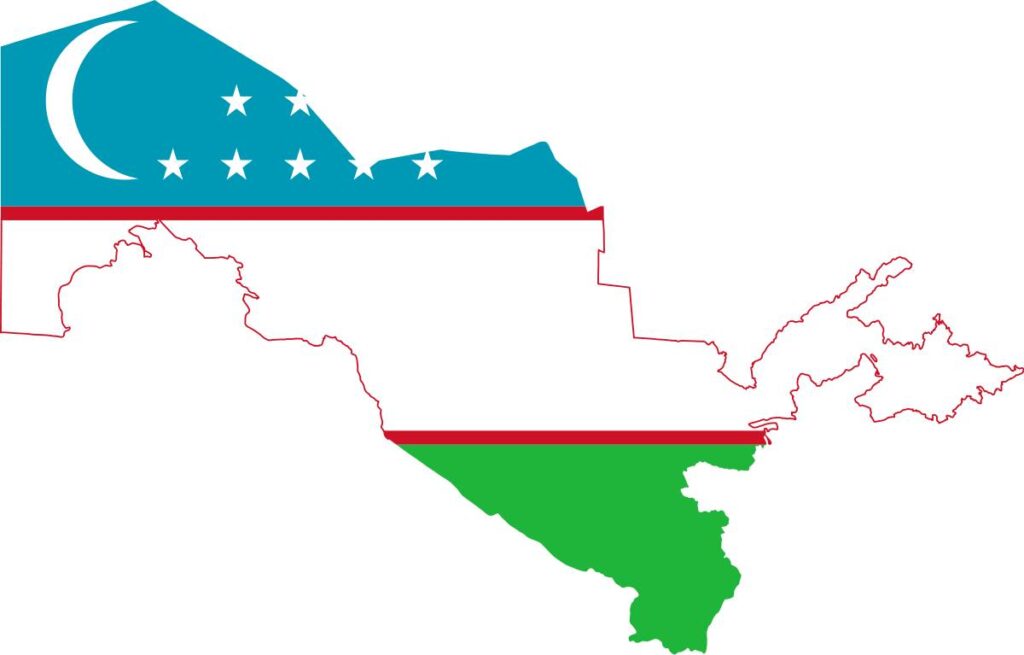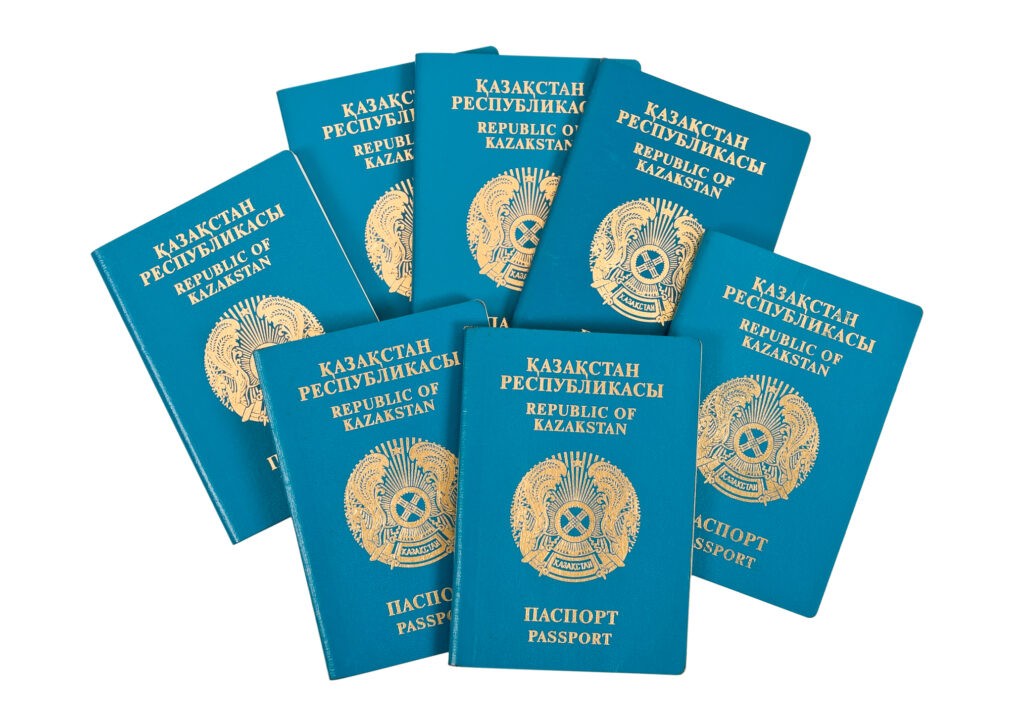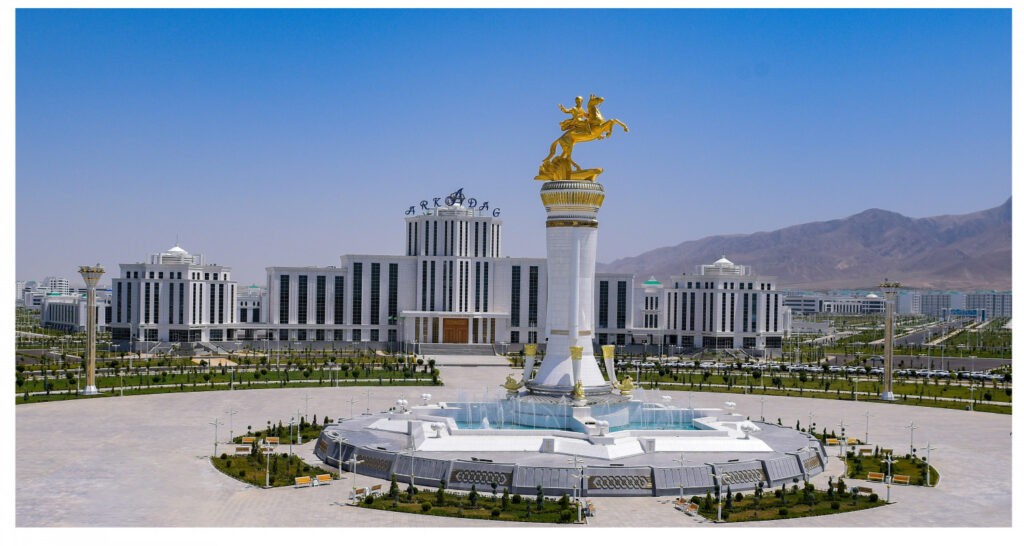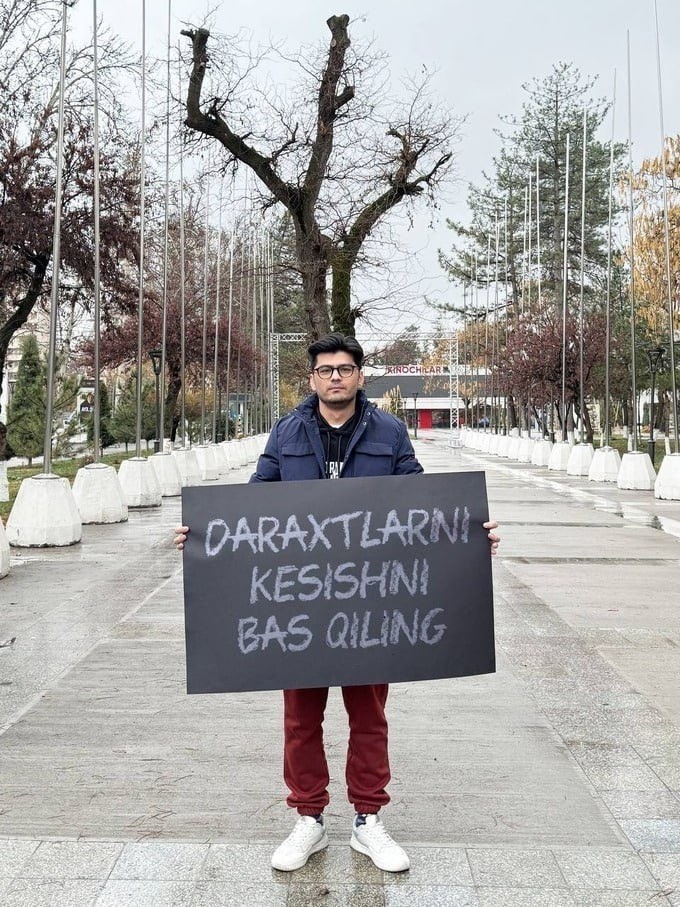Kazakhstan Becomes Most Attractive Country for Migrants From Uzbekistan
According to the Statistics Agency under the President of Uzbekistan, 17,336 people emigrated from the country by the end of 2023, with women making up 52.3% of the total. Over 80% of those who left were of working age. This figure almost doubled compared to 2022, when 8,790 people left the country. The most popular destination for migrants from Uzbekistan in 2023 was Kazakhstan, with 81.1% (14,000) choosing this neighboring country. Russia (15.4% or 2,600 people) and South Korea (0.6% or 107 people) were the second and third most popular choices, respectively. In contrast, Uzbekistan saw an influx of 2,955 immigrants in 2023, mostly from Russia (39.8%) and Kazakhstan (24.6%). Others moved from Tajikistan (9.7%), Kyrgyzstan (5.1%), Turkmenistan (2.1%), and other countries (18.7%). Labor migrants constituted the majority of those leaving Uzbekistan. The Agency for External Labor Migration of Uzbekistan reported a sharp increase in the number of citizens employed through organized recruitment in other countries, totaling 38,400 in 2023. Russia was the leading destination for Uzbek workers (29,200), followed by South Korea (4,900), Great Britain (1,900), Kazakhstan (1,300), Germany (477), and Turkey (277). A small number of Uzbeks also found employment in Romania, Bulgaria, Japan, Lithuania, Poland, the UAE, and Latvia. However, these official statistics do not account for the significant number of Uzbeks working abroad illegally. Specialized Uzbek agencies estimate that over 2 million Uzbeks live and work abroad permanently, with over 60% working in the Russian Federation.






